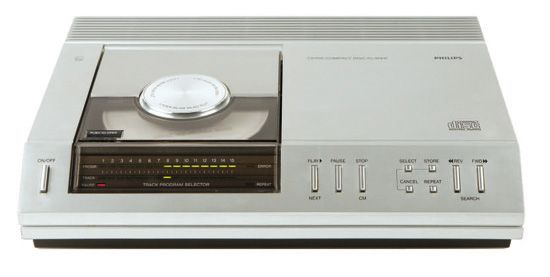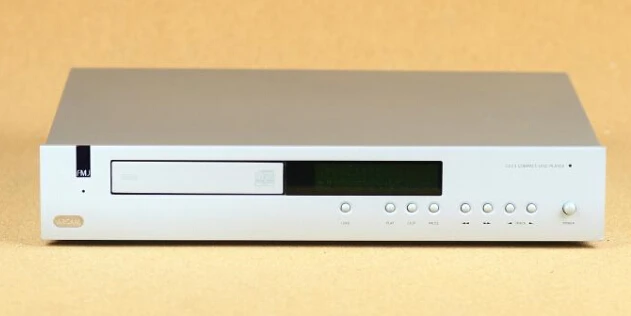The Philips CD100 – and with it the new Compact Disc format – was released on October 1, 1982, and it came at a good moment for the music industry. The once-dominant LP format was on the decline; seven years earlier, it had sold a staggering 91.6 million discs in the United Kingdom, but by 1981, sales had slipped to around 60 million, a reduction of nearly 10% year on year. When you consider the deteriorating quality of vinyl, the setting was set for a successful launch of the gleaming, new digital audio disc…
CD was also not a bad attempt. Philips and Sony combined their considerable corporate clout to package two cutting-edge technologies into a single consumer format. Philips was responsible for much of the development work on laser disc storage, while Sony was in charge of the digital coding. In 1980, the ‘Red Book’ specification was approved, describing a CD as an optical disc containing 650MB of linear PCM audio stored in 12um deep pits on a single-sided, lacquer-coated, 120mm diameter aluminium disc. At a bitrate of 1,411.2kbps, this allowed for up to 79.8 minutes of uncompressed stereo digital audio. The disc was read using a 780nm semiconductor laser, which yielded up to 99 tracks and the same number of index points. The frequency response was 20Hz to 22.05kHz with a 44.1kHz sampling frequency, and the 16-bit word length allowed for a potential dynamic range of 96dB.
Philips famously claimed that the new format would provide “pure, flawless sound forever,” a promise that would go down in hi-fi mythology and be mocked on a regular basis. In reality, it was far from perfect, but for the most part, it was a huge improvement — hiss, end-of-record side distortion, and pitch instability were all things of the past. The new CD100 had dual 14-bit, 4-times oversampling DACs, which were more pleasant to listen to than the Sony CDP-101, a Japanese competitor. The player’s initial swing-arm CDM0 mechanism was a work of art, one of the best CD transporters ever created, and grossly overengineered. Despite only having 14-bit word lengths, the TD1540 DAC wasn’t half awful, and it came with good filtering that was far less obtrusive than some.
Surprisingly, many CD100s are still operational today, thanks to superior shipping and laser assembly than later models. Even though the laser is no longer available, it is usually the disc drive spindle motor that stops the music from playing. A fully functional CD101 is a joy to listen to, with a smooth, warm, and somewhat fluffy sound. The 14-bit treble isn’t as harsh as it appears; it’s actually delicate and silky, if a little diffuse and opaque. This Philips machine’s bass is exceptional, tremendously strong and tuneful — few later players could match it.
The Philips is significantly more peculiar in terms of operation. Its sound is eerily similar to that of a modern machine, yet the way it operates is positively archaic. By today’s standards, track access times are glacially slow, and the LED track indications are charming. Overall, this is a charming little curio that continues to entertain with music. You can still get ‘low mileage’ examples for under £200, but you’ll have to rely on luck because there are no replacement spare parts available unless you have another functional machine. Its sound isn’t flawless or clean, but it’s nice and lasts a long time.







